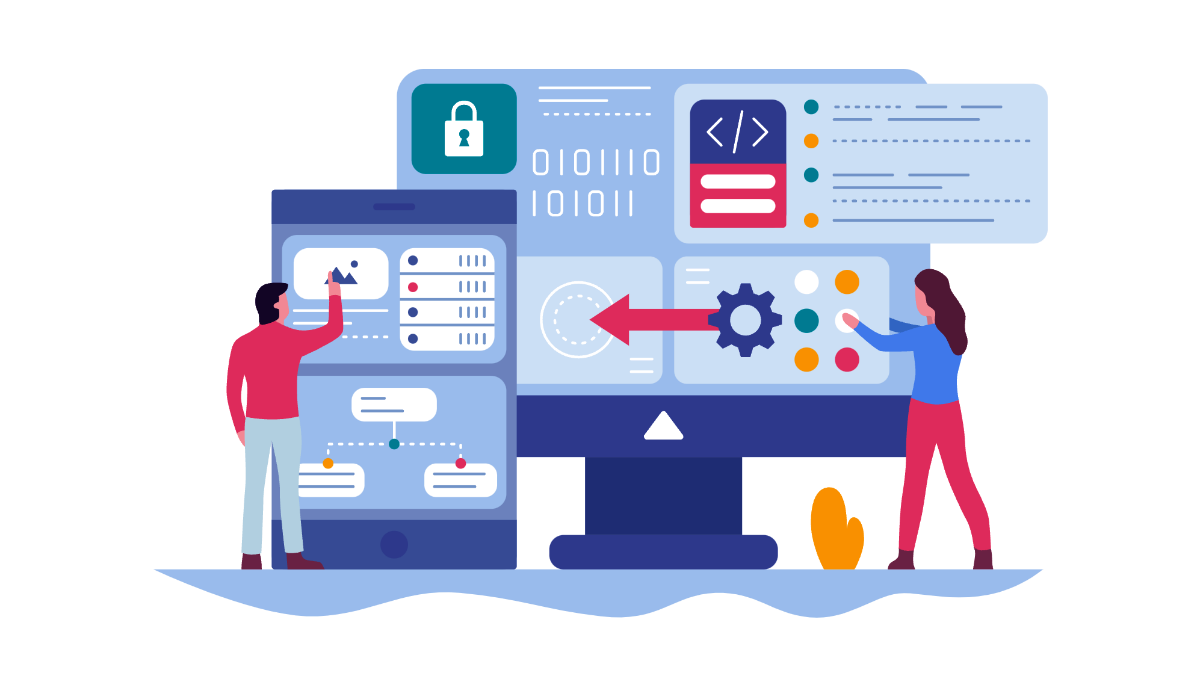
The evolution of embedded BI not only enhances decision-making for executives and analysts; it redefines the customer interaction model. By integrating embedded BI directly into the applications developed for customer use, businesses can significantly alter the way customers engage with their services. Providing customers access to extract, transform, load (ETL) capabilities, coupled with insights powered by AI and ML within the application itself, elevates user experience to unprecedented levels. This approach brings analytical power directly to the customers’ fingertips, enabling them to make data-informed decisions in real-time.
Businesses can unlock new revenue streams by integrating real-time reporting and interactive dashboards into their application’s core services. These tools not only add value to the customer’s experience but also offer businesses a competitive edge.
Table of Contents
The Crucial Decision: To Buy or Build Embedded BI Solutions
When faced with the challenge of integrating embedded BI into a product suite, the decision between building one’s own solution from scratch or integrating a ready-made platform can be pivotal. For many organizations, the allure of crafting a bespoke analytics tool that perfectly fits their unique needs is strong. However, the reality of undertaking such a project—especially considering the required investment in time, resources and expertise—often tips the scale towards buying an existing solution.
Opting to buy rather than build offers several compelling advantages. Firstly, buying accelerates the deployment of analytics capabilities so that businesses can rapidly provide value to their customers without the lag of development time. Secondly, it circumvents the need for substantial upfront investment in hiring specialist developers and the costs associated with maintaining and updating a custom-built system. Thirdly it offers immediate access to a product that is scalable and continuously improving. This approach makes sure it can adapt to increasing data volumes and complexity without requiring constant oversight.
Choosing an embedded BI solution allows businesses to focus on their core expertise while leveraging advanced analytics platforms. Considering the benefits of an established embedded BI platform, such as faster time-to-market and access to improving technologies, it’s a wise choice to buy and integrate an embedded BI solution.
The Strategic Imperative of Embedded BI in Today’s Market
All businesses are evolving into data companies, with their prowess in leveraging analytics and comprehensive datasets marking the thin line between industry leaders and their counterparts. It’s not just about ownership of data anymore; it’s about making that data easily accessible and actionable within the context of regular customer interactions.
Astute product managers are keenly aware that their consumers demand more than just products and services; they seek actionable intelligence that can guide their decisions in real time. This intelligence must be seamlessly integrated into the applications, goods and services with which users will interact daily, rendering embedded BI a critical feature. However, developing these insight-rich products from the ground up poses numerous challenges, necessitating a shift in strategy towards incorporating cutting-edge analytics platforms directly into the businesses’ core offerings.
When businesses invest in an embedded BI platform, they are essentially equipping their customers with a suite of tools designed to enhance data accessibility, analysis and decision-making processes. The key features that are an imperative part of the embedded BI platform are –
- Built-in ETL (Extract, Transform, Load): This feature is fundamental for an embedded BI platform, enabling businesses to automate the process of extracting data from various sources, transforming it into a suitable format and loading it into a data warehouse. Built-in ETL streamlines operations, freeing up valuable time and resources so companies can concentrate on just extracting actionable insights instead of handling data logistics.
- Self-service Reporting: Empowering end-users with self-service reporting capabilities means providing individuals with the tools they need to create their own reports and analyses without relying on IT or data teams. By decentralizing the reporting process, companies encourage a data-driven culture, where decision-making is informed by real-time data insights that are available directly to those who need them the most.
- Mobile BI (Business Intelligence): In an era characterized by mobility and instant communication, mobile BI ensures that valuable insights are accessible anytime, anywhere. This feature of embedded BI enables executives, managers and team members to access dashboards and reports through their smartphones or tablets. Mobile BI ensures that decision-makers can act promptly, even when away from the office.
The future of applications, products and services is deeply intertwined with analytics.Now is the time to invest in embedded BI. It’s a strategic move that offers more than just a competitive edge—it transforms products into indispensable, value-added solutions that resonate deeply with customer needs. By choosing the right third-party embedded BI platform, businesses can enhance their core offerings with tailored, actionable intelligence, saving valuable development time and resources.